Edible Forest Products: Nuts, Fruits, and Honey
- September 11, 2024
- 0 comment
Forests have long been a source of sustenance, providing a wide variety of edible products that have nourished both humans and wildlife for centuries. Nuts, fruits, and honey are some of the most valued forest products, celebrated not only for their nutritional benefits but also for their role in maintaining ecological balance.
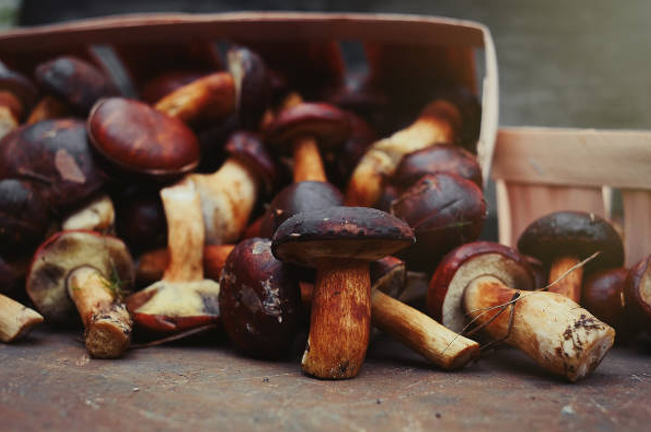
These forest-based foods are sustainable alternatives that contribute to healthy ecosystems and offer economic opportunities for communities. Rich in cultural significance, these natural gifts remind us of the deep connection between human livelihoods and the natural world.
Table of Content
- Nuts: A Protein-Rich Gift from Forests
- Fruits: Forest Orchards and Wild Harvests
- Honey: The Sweet Harvest of Forest Bees
- The Role of Forests in Supporting Edible Plant and Insect Populations
- Economic and Cultural Importance of Edible Forest Products
- Challenges and Opportunities in Harvesting Edible Forest Products
- Future of Edible Forest Products: Conservation and Innovation
- FAQs
Nuts: A Protein-Rich Gift from Forests
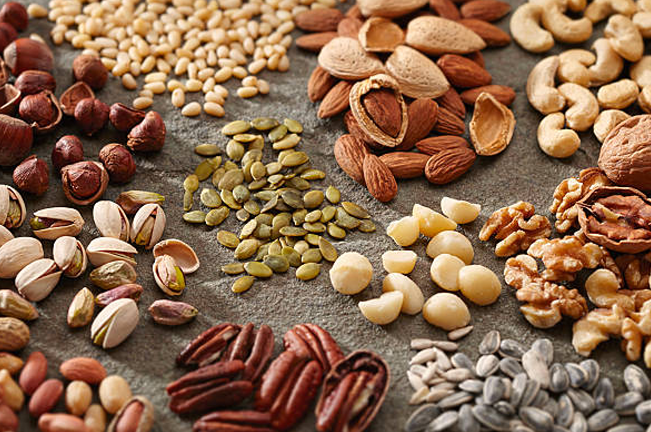
Nuts are among the most protein-dense forest products, playing an essential role in both diet and forest ecosystems. Common varieties like chestnuts, hazelnuts, and pine nuts are harvested from diverse forest landscapes. Chestnuts, for example, were a staple for many Indigenous peoples and continue to be a prized food source. Hazelnuts are packed with healthy fats, while pine nuts are key ingredients in traditional dishes across many cultures.
Beyond their nutritional value, forest-grown nuts contribute to forest health. Sustainable harvesting techniques, such as selective picking and timing the harvest with natural cycles, ensure that trees continue to flourish. This approach preserves the forest ecosystem while providing a renewable source of food for generations to come.
Fruits: Forest Orchards and Wild Harvests
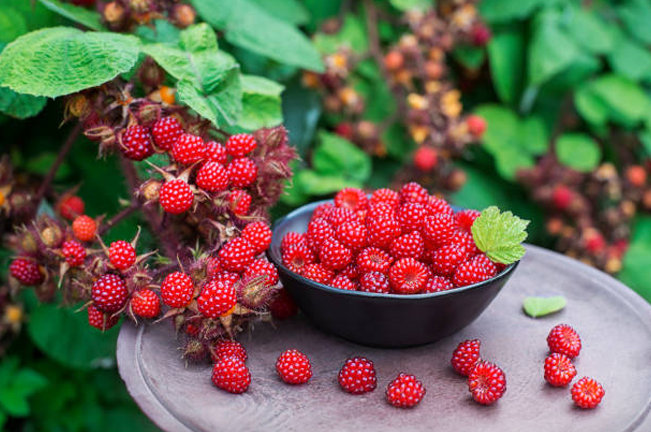
Forests are home to a variety of fruits, many of which grow wild or in naturally occurring forest orchards. Berries such as blueberries, blackberries, and elderberries thrive in these environments, alongside wild apples, pawpaw, and persimmons. These fruits are not only delicious but also rich in antioxidants, vitamins, and fibers that support human health.
The wild nature of these fruits often makes them more resilient and nutrient-dense compared to commercially grown varieties. Wild harvesting involves gathering fruits directly from the forest, while forest farming is a more structured approach that integrates fruit production with forest management. Both methods have their place, but wild harvesting, in particular, ensures minimal environmental impact and helps maintain the balance between human needs and nature’s capacity.
Honey: The Sweet Harvest of Forest Bees

Honey, one of the most ancient sweeteners, owes its production to the essential work of bees. Forest bees play a critical role in pollination, which supports the growth of not only trees but also other forest plants. This delicate ecological interaction allows for the sustainable production of honey, a product rich in enzymes, antioxidants, and natural sugars.
Different forest regions produce unique varieties of honey, each with distinct flavors that reflect the local flora. For example, forest honeys derived from wildflower, chestnut, or acacia blossoms are highly sought after for their unique taste profiles. Sustainable beekeeping practices are essential to maintaining these populations. By preserving the forest environment and minimizing the impact on bee colonies, beekeepers can ensure that honey production continues without depleting natural resources.
The Role of Forests in Supporting Edible Plant and Insect Populations
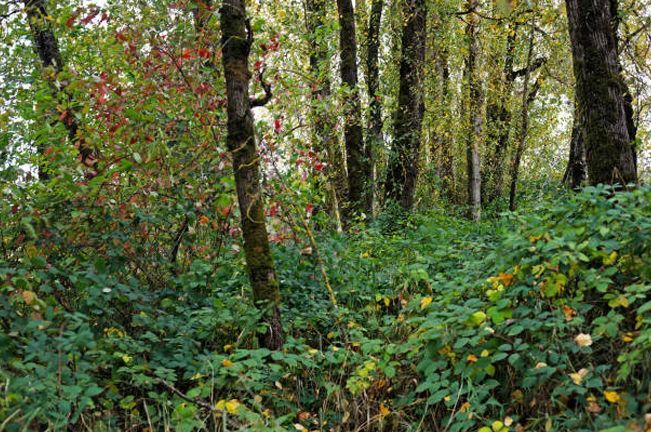
Forests provide ideal conditions for the growth of nuts, fruits, and honey production, offering shelter, rich soils, and a biodiverse ecosystem. The intricate relationships between plants, insects, and animals in forests create a network that supports the natural production of these edible goods. Biodiversity is key to this process—healthy forests with diverse species foster robust populations of plants and insects, which in turn support sustainable harvests of nuts, fruits, and honey.
Forest management plays an important role in ensuring these resources are not overexploited. By promoting practices such as rotational harvesting and habitat protection, forest managers can maintain ecosystems that support long-term food production.
Economic and Cultural Importance of Edible Forest Products
Edible forest products provide not only food security but also economic opportunities for rural and Indigenous communities. Many of these communities rely on the sustainable harvest and sale of nuts, fruits, and honey as a source of income. These products are often sold at local markets or transformed into value-added goods such as jams, nut butters, or artisanal honey.
Cultural traditions surrounding the harvest of forest foods are deeply rooted in many societies. For instance, Indigenous peoples have long observed rituals and customs that celebrate the gathering of nuts and fruits, ensuring respect for the land and its resources. Such practices highlight the spiritual connection between humans and nature, reinforcing the need for sustainable stewardship.
Challenges and Opportunities in Harvesting Edible Forest Products
Despite their abundance, the sustainable harvesting of forest products faces several challenges. Overharvesting, habitat degradation, and climate change threaten the availability of nuts, fruits, and honey. Without proper management, the delicate balance of forest ecosystems can be disrupted, leading to a decline in food production.
However, opportunities also exist. With growing awareness of the environmental and nutritional benefits of forest foods, there is potential for expanding markets. Ethical sourcing, certifications, and community-based forest management practices are gaining traction, offering a way to ensure that forest products are harvested sustainably while supporting local economies.
Future of Edible Forest Products: Conservation and Innovation
The future of edible forest products lies in a combination of conservation and innovation. Agroforestry techniques that integrate food production with forest conservation are emerging as sustainable solutions. New technologies are also helping to monitor and manage forest ecosystems more effectively, ensuring that nuts, fruits, and honey can be harvested without depleting natural resources.
Conservation efforts aimed at protecting forest biodiversity are essential to maintaining the ecosystems that support edible products. As markets for sustainably sourced forest foods continue to grow, these products offer a path toward more resilient, biodiverse forests that can sustain both human populations and wildlife for generations to come.
Frequently Asked Questions (FAQs)
1. What are edible forest products?
Edible forest products are naturally occurring foods harvested from forests, such as nuts, fruits, and honey. These products provide nutrition while maintaining the balance of forest ecosystems.
2. What types of nuts are commonly harvested from forests?
Some common forest-harvested nuts include chestnuts, hazelnuts, walnuts, and pine nuts. These nuts are valued for their nutritional content and their role in sustainable food production.
3. Are forest-grown nuts healthier than commercially farmed ones?
Yes, forest-grown nuts are often more nutrient-dense due to their natural growth conditions and minimal human intervention, which preserves their health benefits.
4. What fruits are typically found in forests?
Forests are home to various fruits, such as berries (blueberries, blackberries, elderberries), wild apples, pawpaw, and persimmons. These fruits can be harvested wild or through forest farming.
5. Is wild fruit harvesting sustainable?
Wild fruit harvesting is a sustainable practice when done carefully. It ensures minimal environmental impact, preserves biodiversity, and supports the health of forest ecosystems.
6. How does honey production occur in forest ecosystems?
Forest bees play a crucial role in honey production by pollinating plants. Different forest regions produce unique varieties of honey, depending on the local flora, creating distinct flavor profiles.
7. Why is sustainable beekeeping important in forests?
Sustainable beekeeping protects bee populations and their ecosystems, ensuring long-term honey production while supporting the health of plants and animals in the forest.
8. What role do forests play in producing edible products like nuts, fruits, and honey?
Forests provide ideal conditions—such as rich soil, biodiversity, and balanced ecosystems—for the production of nuts, fruits, and honey. They support the insects, plants, and animals needed to sustain these edible goods.
9. How do edible forest products impact local economies?
Edible forest products contribute to local economies by providing income opportunities through the harvest, sale, and processing of nuts, fruits, and honey, especially for rural and Indigenous communities.
10. What are the cultural significances of forest foods?
Forest foods like nuts, fruits, and honey have deep cultural roots, often tied to traditional harvesting methods, rituals, and celebrations in Indigenous and local communities.
11. What challenges are associated with harvesting edible forest products?
Challenges include overharvesting, habitat degradation, and climate change, all of which can impact the availability of forest foods and the health of forest ecosystems.
12. How can edible forest products be harvested sustainably?
Sustainable harvesting practices include selective picking, rotational harvesting, and habitat protection. These approaches ensure the long-term availability of nuts, fruits, and honey while protecting forests.
13. Are there opportunities for expanding markets for forest-based foods?
Yes, the growing demand for sustainably sourced and organic products is creating new markets for edible forest products. Certifications and ethical sourcing practices can further enhance these opportunities.
14. How can edible forest products contribute to forest conservation?
By promoting the sustainable harvest and sale of forest products, local communities and businesses can incentivize forest conservation efforts, ensuring that forests continue to thrive.
15. What is the future of edible forest products?
The future of edible forest products lies in agroforestry, innovation, and conservation efforts, which aim to sustainably manage forests while enhancing food production and supporting community resilience.

Gilbert Griffin
Forestry AuthorGilbert Griffin is a forest management expert specializing in sustainable practices, forest health, conservation, and land management. With extensive knowledge in pest control, disease management, and habitat restoration, Gilbert develops strategies to preserve forest ecosystems and biodiversity. Passionate about the natural world, Gilbert adapts to changes in forest management and stays updated through continuous learning. Gilbert also provides seasonal advice to optimize forest care throughout the year.


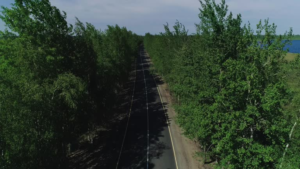
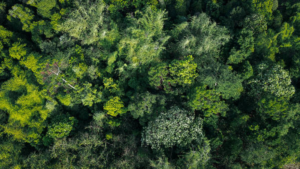


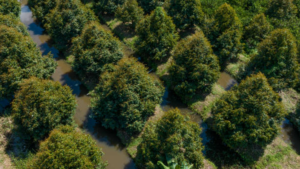
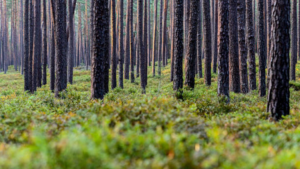
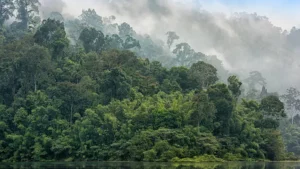
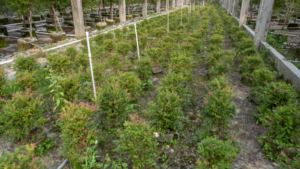
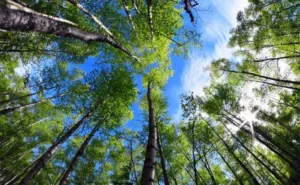

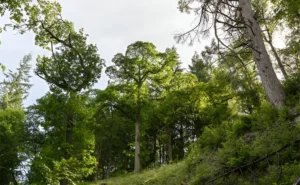
Leave your comment